Why
Build the Three Gorges Dam
The Three Gorges Dam is the world’s
largest power producing facility, and the world’s largest hydroelectric
dam. There were many reasons for building the dam.
The Three gorges dam was built across the Yangtze River
to control the amount of water allowed through. This created a massive
artificial lake which has become an international tourist attraction. The
construction of a dam on the Yangtze River had been considered since 1919,
but the Civil war and Cultural Revolution delayed the project until fairly
recently.
Flooding
One of the main reasons that the
Three Gorges dam was built was to prevent flooding further downstream.
The need for a dam was highlighted in 1954 when people were killed as a
result of flooding of the Yangtze River. The need for a dam was even mentioned
by Chairman Mao, who wrote a poem in the same year called Swimming. In
it, he had visions of a large stone wall being built across the river,
similar to the three gorges dam.
By building a dam across the Yangtze River, it is possible
to control the flow of water. This means that the authorities can virtually
eliminate the chances of flooding to all those downstream.
Over a hundred thousand people were relocated to enable
construction of the dam. This was viewed by many as an "inconvenience."
However, this dam is actually preserving many more people’s lives by reducing
the risk of flooding.
Power
Generation
Another reason why the Three Gorges
Dam was constructed was to generate electricity. There are several generators
within the dam which use the potential energy stored in the water, to generate
electricity. This is sold to many provinces around China, including Shanghai.
The ability to generate and sell power in this way will mean that the dam
will eventually pay for itself and start making profits.
The electricity is generated without the need for fossil
fuels. This means that it is green, renewable energy which does not pollute
the environment. It has helped China to reduce its Carbon Dioxide emissions
and also continue providing its thirst for electricity.
Environmental
Impact
The dam has been designed to impact
the environment as little as possible. It has meant that some ancient artifacts
were lost, or are no longer accessible. However, it is stated that the
impact on the environment is very small.
The dam has also been designed using modern materials
and techniques to reduce the risk of it being compromised during an earthquake
or other natural disaster.
Visiting
the Dam
The Dam isn’t just designed to save
lives and generate electricity, but it is also a very popular tourist attraction.
As it is the world’s largest hydroelectric dam it attracts thousands of
tourists every year.
There are several different ways that you can visit
the dam, you can take a Yangtze River Cruise, or view from the land. There
is a museum and viewing platforms located close to the dam. These make
it easy to see the whole extent of the dam.
The
History of the Yangtze River
Winding across 6,418 km of
China the Yangtze River is the third longest river in the world. It begins
its journey at the Qinhai-Tibet Plateau and ends at the East China Sea.
The Yangtze River has a rich ecosystem, fascinating history, and is the
most important river in China.
Life has always sprung up around the Yangtze River.
The earliest signs of life dating back 27 thousand years. The climate on
the river is often milder then its cousin the Yellow River making it more
suitable for agriculture.
Yangtze River became an important part of the economy
since the Han Dynasty. In 256 BC, during the Warring States Period of China
an amazing irrigation system the Kingdom of Quin built, which is still
in use today. This irrigation system helped provide a stable farming for
China.
By the Song Dynasty those villages along the river
became the wealthiest in China. The region of South Yangtze River (Shanghai,
Jiangsu and Zhejiang) provided half of China’s revenue.
Ships
on the Yangtze River
For 2000 years the Yangtze River
was the backbone of transportation of goods in China. In 1835 the first
merchant steamboat named the Jardine journeyed down the river. Before steamboats
small Chinese ships called Sampan traveled up and down her banks. Jardine
was to be a boat used for mail and passenger carrier.
The Chinese were against the steamboat, and said it
could not sail on their waters. They attacked Jardine and the British,
whose ship it was, retaliated by bringing their warships onto the Yangtze
River. This was the start of the Opium Wars. The warships could not be
stopped and the empire was forced to surrender. They allowed British steamboats
onto the river bringing higher technology to their land.
The British continued to take control of China using
the Yangtze River. In 1842 the Qing sued for peace and the Treaty of Nanjing
was signed. Britain opened five ports in China and took Hong Kong. Without
the Yangtze River the British would not have been able to conquer China
as quickly as they did.
The Japanese took over Shanghai using the Yangtze River
by sending troops on the ground to surround the city. People began to flee
the cruelty of the Japanese and their relentless fighting style. They took
the perilous journey up the Yangtze River for safety, transporting their
families, libraries, and precious art.
The
Three Gorges Dam— A Milestone in History of the Yangtze River
The Three Gorge Dam is the largest
hydroelectric power station in the world, which is also a milestone in
history of the Yangtze River. The total length of the dam axis is 2309.37
meters. The spillway section, which is located in the middle of the river
course, is 483 meters long in total. There are 26 sets of turbine generator
units in total, 700 MW for each.The shiplock is schemed out as a double-way
and five-step lock. It is the world's largest water conservancy project
with the world's largest project building scale.
It is one of China’s most impressive accomplishments.
Construction began in 1994 and the dam became fully functional in 2006.
It is still awaiting completion on a ship lift that will increase faster
shipping traffic through the Yangtze River.
The Chinese government was able to push through with
the building of the dam with the argument it would decrease the amount
of damage done by floods. The river has had several horrific floods since
civilization has taken up occupation upon its banks, including the death
of over 100,000 in 1911. The most recent flood being in 1998 where 4,150
lost their lives to these waters.
Though the construction of the dam is controversial,
it is now supplying 10% of China’s energy, and produces enough electricity
to power the lights in New York City, Washington DC, and Boston combined.
Sightseeing
along the Yangtze River Today
Yangtze CruiseToday China is one
of the largest importers of goods in the world, but the steamboats have
been replaced by freights, diesel tugs, ferryboats, and cruise vessels.
The Yangtze River is now one of the prime tourist attractions in China.
Travelers book tickets to ride down the Yangtze River to view the Three
Gorges, trying to soak in the knowledge this river carries with it.
Visitors can take a cruise down the Yangtze River and
see her marvels in luxury. Often what is on the itinerary for these cruise
ships are stops at the Ghost City of Fengdu, Shennong Stream, Qutang Forge
and Qu Gorge, Shibaozhai, and the most marvelous attraction of all the
Three Gorges Dam.
Current
Situation of the Yangtze River
Nowadays the Yangtze River has become
a busy river that contributing thriving economy to its surrounding cities
like Chongqing, Wuhan, Nanjing and Shanghai. There are over 57 bridges
across over the river connecting North China and South China on various
aspects. Taking a Yangtze Cruise Ship has become one of the top 10 travel
choices in China for foreign travelers.
On the other hand the rapid development also brings
pollution to this great flow. Already several species that live only in
the Yangtze River have been lost forever. The Baiji dolphins have not been
seen on these rivers since 2007. The Chinese alligator and the Yangtze
sturgeon are not far behind it. Factories and pig farms along the river
worsen the water.
In all conscience, as a symbol of China with a powerful
history, the Yangtze River is an important part to the survival of that
nation. It has given life, and it has taken life. A powerful force withstanding
time, and abuse, with a majestic flow.
![]()
![]()


![]()
![]()
![]()
![]()


![]()
![]()
![]()
![]()
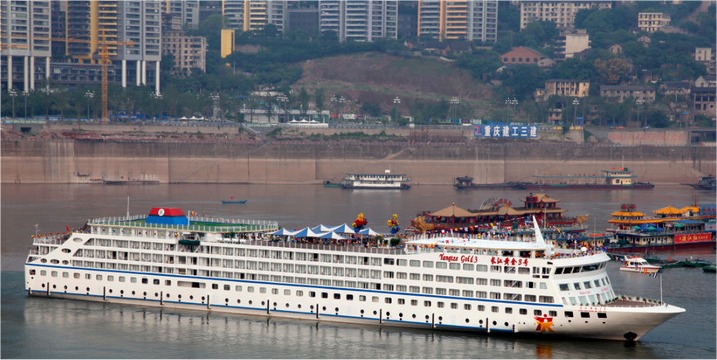
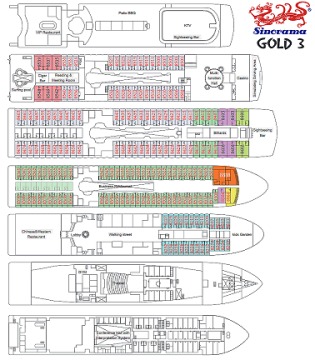
![]()
![]()
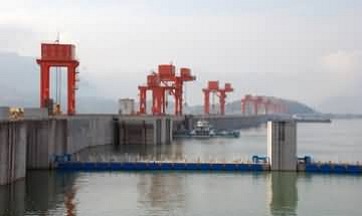
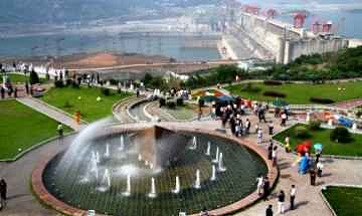
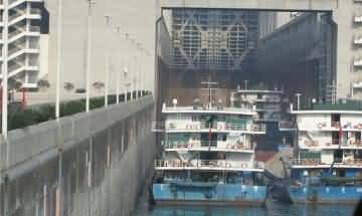
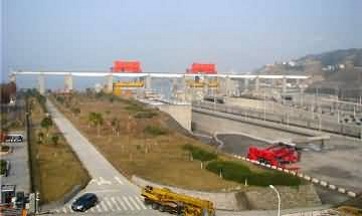
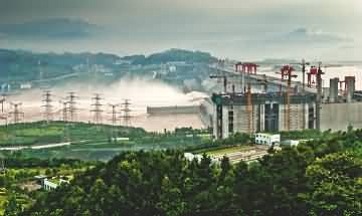
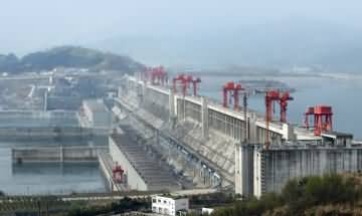
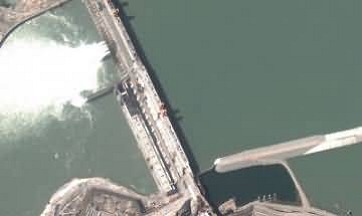
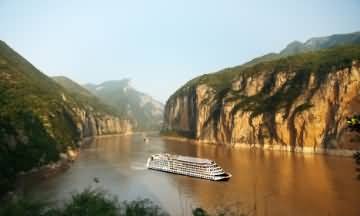
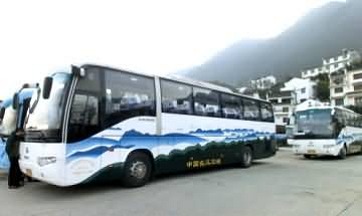
![]()